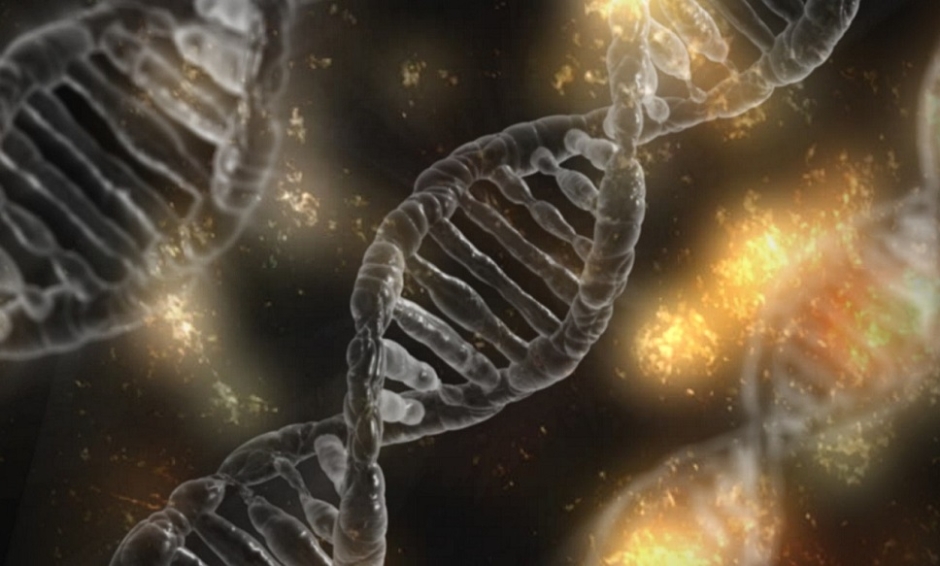A GENE has been discovered that could halt the development of drug-resistant ‘superbugs’ from strains of tuberculosis by reducing the mutation rates in mycobacteria.
The gene, called NucS, was found by scientists from Centro Nacional de Biotecnología, Madrid, Spain, and the University of Sussex, Brighton, UK, by using a genetic screen. This involved knocking out almost every one of the 11,000 genes in mycobacteria, the infectious microbe that causes tuberculosis, to see whether mutant strains grew on the rifampicin antibiotic. The team saw that the NucS gene dramatically reduced the occurrence of mutations. They also found that variations of the gene had a significant influence on the mutation rates of the microbe.
The team believes that their findings provide an important step towards building a better understanding of antibiotic resistance in patients already suffering from tuberculosis. Prof Aidan Doherty, from the University of Sussex, said: “The rise of antibiotic resistance is a major threat to global health and, if we are to limit its impact on infectious diseases, we first need to identify the mechanisms that prevent bacteria from mutating in the first place. This knowledge will then enable us to better understand how pathogens develop into ‘superbugs’.
“Incredibly, for many years it was believed that mycobacteria lacked any mutation avoidance genes. Therefore, the discovery that the NucS gene reduces the rate at which mutations occur in these pathogens is a crucial first step towards identifying the genetic factors that influence the onset of antibiotic-resistance. This will enable scientists and clinicians to screen for strains that are most likely to develop drug-resistance and figure out strategies to tackle this serious threat.”
Prof Jesus Blázquez, from the Centro Nacional de Biotecnología also added: “Now we know that that NucS dramatically reduces mutation rates in mycobacteria – it is vital that we take advantage of this and work towards exploiting this discovery to help doctors and microbiologists to predict and prevent the development of antibiotic resistance during treatments.”
Jack Redden, Reporter








